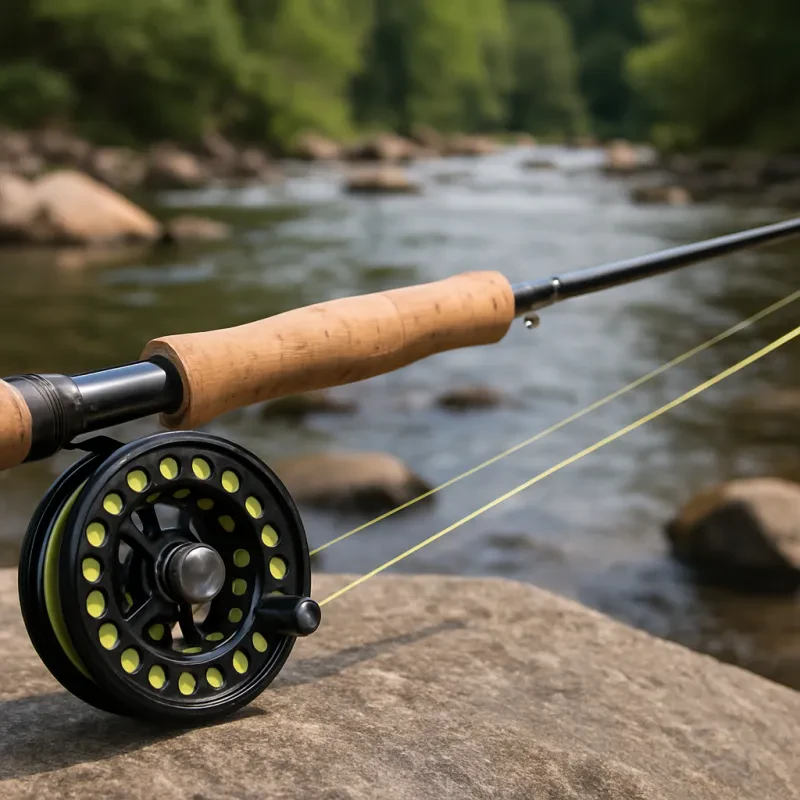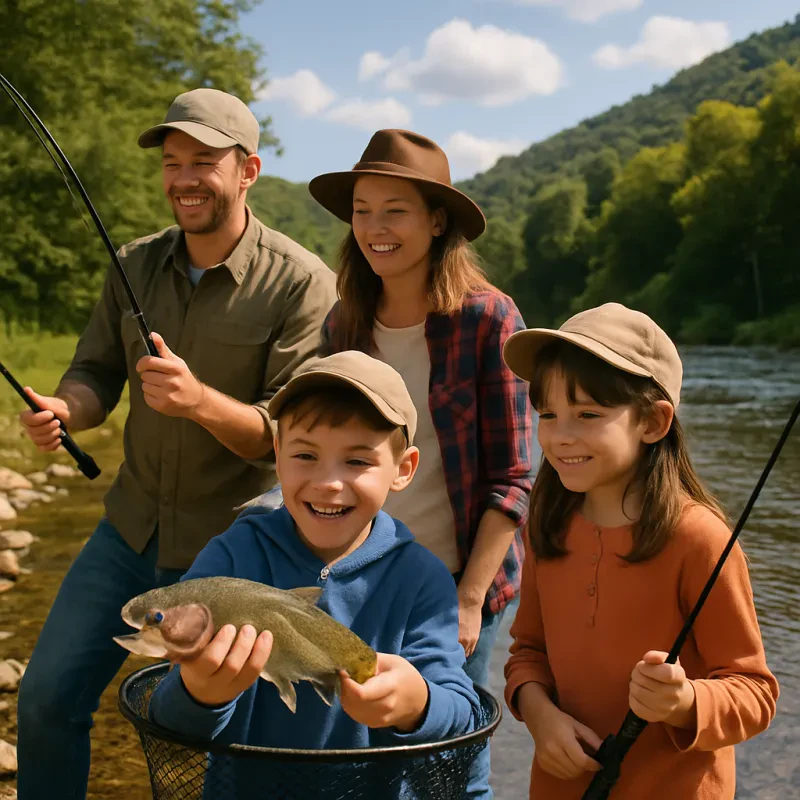Pflueger President Spinning Reel - Trout Fishing
The perfect spinning reel designed specifically for Trout Fishing enthusiasts: Pflueger President Spinning Reel
Product information
$65.51
Product Review Score
4.67 out of 5 stars
185 reviewsProduct links
The brook trout, Salvelinus fontinalis, a freshwater fish often revered by anglers and conservationists alike, presents a fascinating case study in the dialogue between native and stocked populations. This species, indigenous to the eastern United States and Canada, has faced challenges from habitat loss, pollution, and competition from non-native species. In response, wildlife agencies have turned to stocking as a management tool to enhance recreational fishing and attempt to restore populations. However, this practice has sparked a debate regarding ecological impacts, genetic integrity, and the overall experience for anglers. This article delves into the similarities and differences between native and stocked brook trout, exploring their genetics, behavior, habitat preferences, and implications for ecosystems and fishing communities.
Genetics and Physical Characteristics:
Native brook trout are the product of countless generations adapted to specific local environments. These adaptations can include variations in coloration, size, and stress tolerance. Native trout often display vibrant colors with distinct patterns that blend seamlessly into their natural habitat, an evolutionary advantage for avoiding predators. In contrast, stocked brook trout are bred in hatcheries, selected for traits that ensure survival and growth in controlled environments. While they share the species' characteristic appearance, there can be subtle differences in color intensity and body shape due to their hatchery origins.
Behavioral Differences:
The behavioral distinctions between native and stocked brook trout are stark. Native brook trout have honed their survival skills, including predator avoidance, territory establishment, and efficient foraging strategies within their natural ecosystems. These fish are typically more wary of anglers, making them a prized catch for their elusiveness. Stocked trout, however, lack this wariness initially, having been raised in the absence of predators. They may also exhibit less discernment in food selection, leading to easier catches but potentially less satisfying angling experiences. Over time, stocked trout can adapt to wild conditions, but their initial naivety can impact their survival rates.
Habitat Preferences and Survival:
Native brook trout thrive in cold, clear, oxygen-rich streams and lakes, environments that they are specifically adapted to. These conditions are crucial for their spawning, growth, and overall ecosystem health. Stocked trout are introduced to a variety of water bodies, including those that may not ideally suit brook trout. While stocking programs aim to mimic natural conditions, the success of these trout can vary widely based on water temperature, habitat structure, and competition with other species. Survival rates of stocked trout are generally lower than those of their native counterparts, due in part to the challenges of adapting to a new environment and the potential for genetic dilution of local populations.
Impact on Ecosystems:
The introduction of stocked brook trout into ecosystems where native populations exist can lead to complex interactions. Concerns include genetic dilution, where interbreeding between stocked and native trout diminishes the genetic diversity and adaptive potential of the native population. Additionally, competition for resources can arise, potentially altering the balance within aquatic communities. Conversely, in areas where native populations have declined significantly, stocking can serve as a tool for replenishment, albeit with careful consideration to avoid negative ecological impacts.
Fishing Experience and Conservation:
For anglers, the allure of catching a native brook trout lies not only in the challenge but also in the connection to a pristine and unaltered ecosystem. Native trout fishing often requires a greater understanding of the fish's natural behavior and habitat, offering a more immersive and rewarding experience. Stocked trout, while increasing fishing opportunities, especially in degraded habitats or overfished areas, may offer a less authentic experience. However, they play a vital role in supporting recreational fishing industries and in some cases, conservation efforts.
Conservation strategies for brook trout focus on habitat restoration, protection of genetic diversity, and careful management of stocking practices. The goal is to ensure that native populations can thrive, while also providing opportunities for anglers and maintaining the ecological balance. This includes measures such as catch-and-release fishing, restrictions on harvest sizes and seasons, and habitat improvement projects.
The debate between native and stocked brook trout highlights the intricate balance between conservation, recreational fishing, and ecosystem health. While both native and stocked trout have their place in North America's waterways, the priority for conservationists and anglers alike should be to preserve the natural habitats and genetic integrity of native populations. Through responsible management practices, habitat restoration, and community engagement, it is possible to support both the conservation of this iconic species and the recreational opportunities it provides. The future of brook trout, both native and stocked, depends on a collaborative approach to conservation that respects the natural heritage and ecological significance of these remarkable fish.




